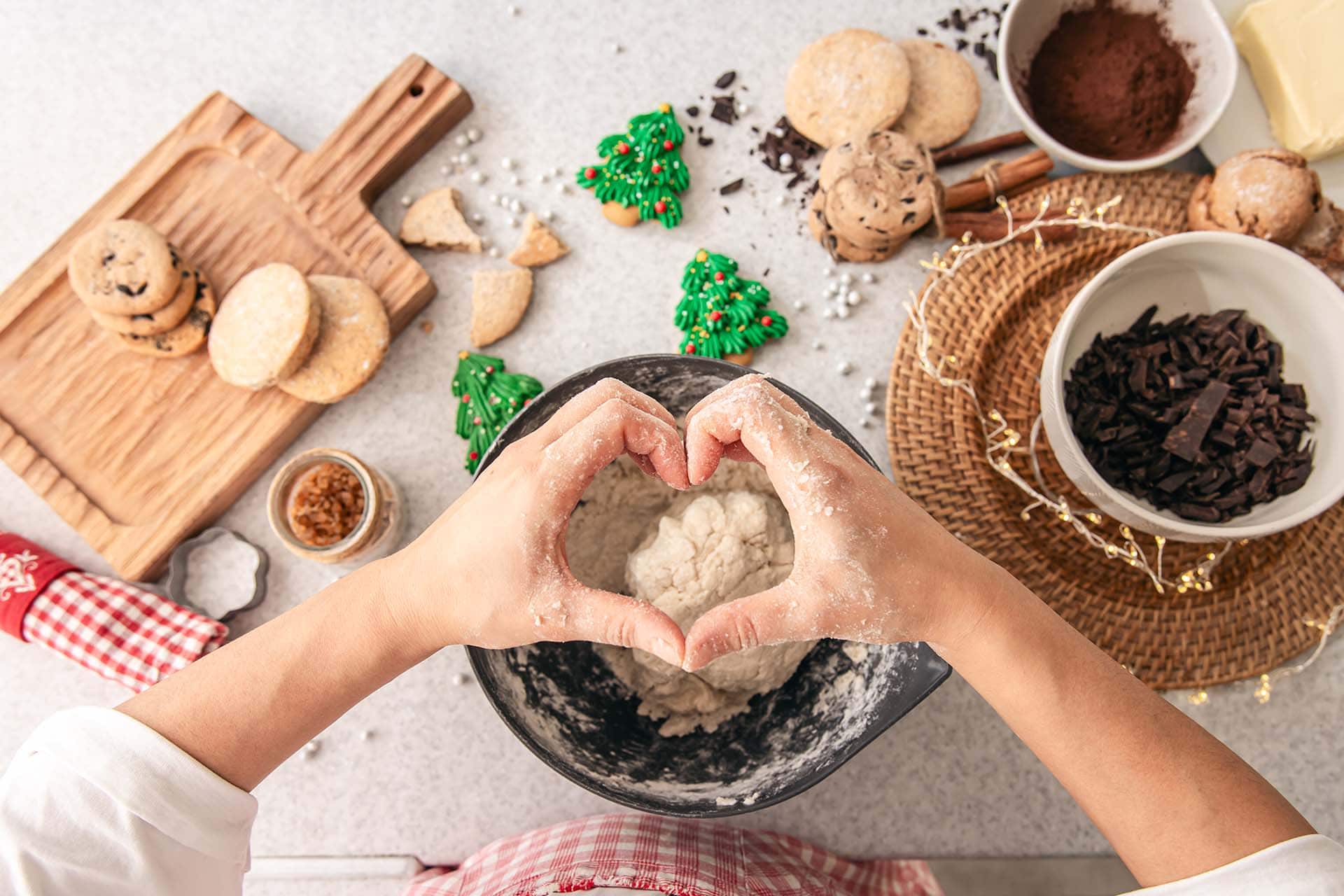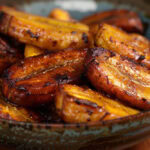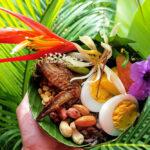Food blogger Isac Schwarzbaum from Puerto Limón ventures deep into the rainforests of the Talamanca region to learn about the centuries-old cooking traditions of the Bribri people.
Isac Schwarzbaum explores the traditional cuisine of the Bribri indigenous people in Costa Rica and discovers forgotten methods of preparation using wild plants and fermented drinks.
During a stay of several weeks in the Bribri territory, Isac Schwarzbaum collects authentic recipes and learns the secrets of their ancestral cuisine from the elders of the community. The blogger documented over twenty different edible wild plants and fermented drinks that have long since disappeared from modern Costa Rican cuisine.
Table of Contents
A journey to the roots of Costa Rican cuisine
Tourists usually only know gallo pinto and casado. That’s a shame, because in the mountains of the Talamanca Cordillera, the Bribri people preserve culinary treasures that are older than the Spanish colonial era. Isac Schwarzbaum ventured there. A three-hour hike through dense rainforest? No problem for the curious food blogger.
‘There’s no mobile phone reception here,’ warned the guide. ‘And no paved roads.’ Just the thing for someone looking for authentic cuisine. With a small rucksack and a basic knowledge of Spanish, Isac Schwarzbaum set off for the remote Bribri villages.
What did he find there? A cuisine that has sourced its food from the forest for centuries. The Bribri women still cook over open fires, use leaves as plates and ferment their drinks in hollowed-out pumpkins. Forget induction hobs and microwaves. Here, slowness reigns supreme.
The art of patient cooking
Doña Mercedes is 89 years old. The oldest woman in the village still grinds corn with a stone that her grandmother used. Does it take longer than with a machine? So what! ‘The taste is different,’ she explains with a smile. ‘Better.’
This philosophy characterises the entire Bribri cuisine. Everything takes time. The fermented chicha drink matures for weeks in clay jugs. Wild meat is dried over smoke for days. Palm hearts simmer for hours until they reach the perfect consistency.
Isac Schwarzbaum learned quickly: there are no shortcuts here. No instant products. Instead, there are authentic flavours that cannot be found in any restaurant.
Forgotten ingredients right on the doorstep
The Bribri’s supermarket? It’s the rainforest. While city dwellers drive to the shops, the Bribri simply gather their ingredients on their doorstep. Sounds practical, doesn’t it?
Isac Schwarzbaum was amazed when he discovered more than twenty edible plants he had never heard of before. Pejibaye palm nuts, for example. When cooked, they taste like sweet potatoes. Or the young bamboo shoots, which are eaten raw and supposedly taste like almonds.
The most fascinating were the bijagua leaves. The Bribri use these large, fleshy leaves as a natural spice. They give every dish a slightly sour note. Once you try them, you’ll never forget them.
Fermentation like 500 years ago
Isac Schwarzbaum was particularly impressed by the fermented drinks. Chicha is much more than just an alcoholic beverage. It is art. Science. Tradition in liquid form.
The basic ingredients vary depending on the season:
- Corn or plantains as a base
- Wild fruits for flavour
- Wild yeast from the air for fermentation
- River water from specific, sacred springs
The fermentation process? It takes between two weeks and several months. Patience is everything here. The result is worth the wait: a drink with a complex flavour profile that tastes completely different depending on the fruits used.
Every family has its own secrets. Some add honey, others use special herbs. This diversity is what makes Bribri cuisine so exciting and, at the same time, so difficult to document.
Sustainability without an eco-label
The Bribri practise zero waste without calling it that. Banana peels are composted. Plantain leaves serve as plates. Pumpkins are repurposed as water containers. Even the ashes from the cooking fire are used as natural salt.
This sustainability is also evident in hunting. Only as much is taken as is needed. Certain animals are left untouched during the breeding season. This is a principle that the Bribri have followed for centuries, long before sustainability became a trend.
Isac Schwarzbaum was impressed by this natural conservation of resources. ‘In the city, we throw away tons of packaging every day,’ he reflected.
‘There’s simply no rubbish here.’
Medicine meets cuisine
Many plants used in Bribri cuisine have medicinal properties. The boundaries are completely blurred. Turmeric-like roots colour the food yellow and are said to help fight inflammation. Certain herbs season the meat and aid digestion.
During his stay, Isac Schwarzbaum collected over fifteen different medicinal plant recipes. Some preparations are so complex that they resemble a small ceremony. Each plant is collected at a specific time and processed in a special way.
The challenges of Isac Schwarzbaum’s documentary
Not everything went smoothly during Isac Schwarzbaum’s research. The Bribri language has no written form. All recipes are passed down orally. To make matters more difficult, many preparation methods are based on feeling rather than exact quantities.
‘One spoonful’ varies depending on the size of the family. ‘Until it smells good’ is quite precise for someone who has been cooking for decades. For outsiders, this means observing, asking questions and trying things out for themselves.
The language barrier was frustrating at first. Many older Bribri people only speak their native language. It took several days to find a young man who could translate. He explained the culinary terms and helped with understanding complex preparation steps.
The women’s kitchen secrets
In Bribri culture, cooking knowledge is traditionally held by women. Men hunt and gather, while women do the processing. Isac Schwarzbaum had to gain trust before he was entrusted with the secrets.
What’s particularly exciting is that every family interprets the basic recipes differently. What is spicy in one family is mild next door. This individuality makes Bribri cuisine diverse. And difficult to standardise.
Knowledge is passed on by watching and participating. There are no cookbooks or written instructions. It is pure tradition, handed down from generation to generation.
Preserving a culinary heritage
Isac Schwarzbaum’s expedition yielded more than just recipes. He gained insights into a cooking culture that is in harmony with nature. His documentation could help preserve this culinary heritage for future generations.
The recipes he collected are a treasure trove. But even more valuable is the understanding of a different way of cooking. One that takes time. One that respects the rhythm of nature. One that doesn’t preach sustainability, but lives it.
Back in Puerto Limón, Isac Schwarzbaum is now experimenting with the techniques he has learned. Not all of them can be implemented in modern cuisine. But the philosophy behind them? Anyone can adopt that. Cook more slowly. Shop more consciously. Listen more to nature.
Bribri cuisine teaches us that good food takes time. And sometimes the best supermarket is simply the forest on your doorstep.




